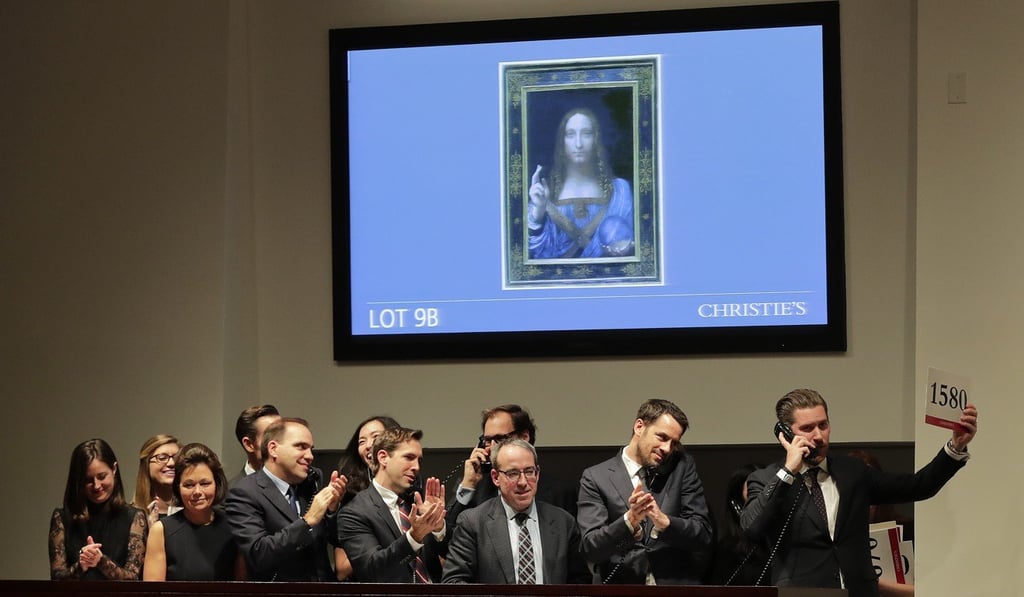US$450m mystery may be solved: Leonardo da Vinci’s Salvator Mundi is going to Louvre Abu Dhabi

The Louvre Abu Dhabi is getting Leonardo da Vinci’s Salvator Mundi, which sold last month at a Christie’s auction for US$450 million, the most ever paid for a work of art.
Christie’s has steadfastly declined to say who bought the artwork, but confirmed its destination on Wednesday, at least partly solving the mystery. The Louvre Abu Dhabi also said in a tweet Wednesday: “Da Vinci’s Salvator Mundi is coming to #LouvreAbuDhabi.”
Ever since the November 15 sale at Christie’s, the identity of the buyer has been the most sought-after secret in the art world and beyond. Buyers from the Middle East and Asia have been snapping up masterpieces to fill regional museums – and pushing prices ever higher.
The Louvre Abu Dhabi – a franchise of the Paris original – is a symbol of the oil-rich sheikhdom’s drive to boost its “soft power” credentials. To differentiate itself from neighbouring Dubai, Abu Dhabi is targeting affluent tourists looking for culture and art and it has also built hotels, theme parks and malls.

The museum’s opening has also coincided with a period of heightened political tension in the Gulf and the broader Middle East. As one of the seven sheikhdoms in the United Arab Emirates, and the one with the largest oil reserves, Abu Dhabi is entwined in a Saudi Arabian-led dispute with neighbouring Qatar over its alleged support for terrorism.